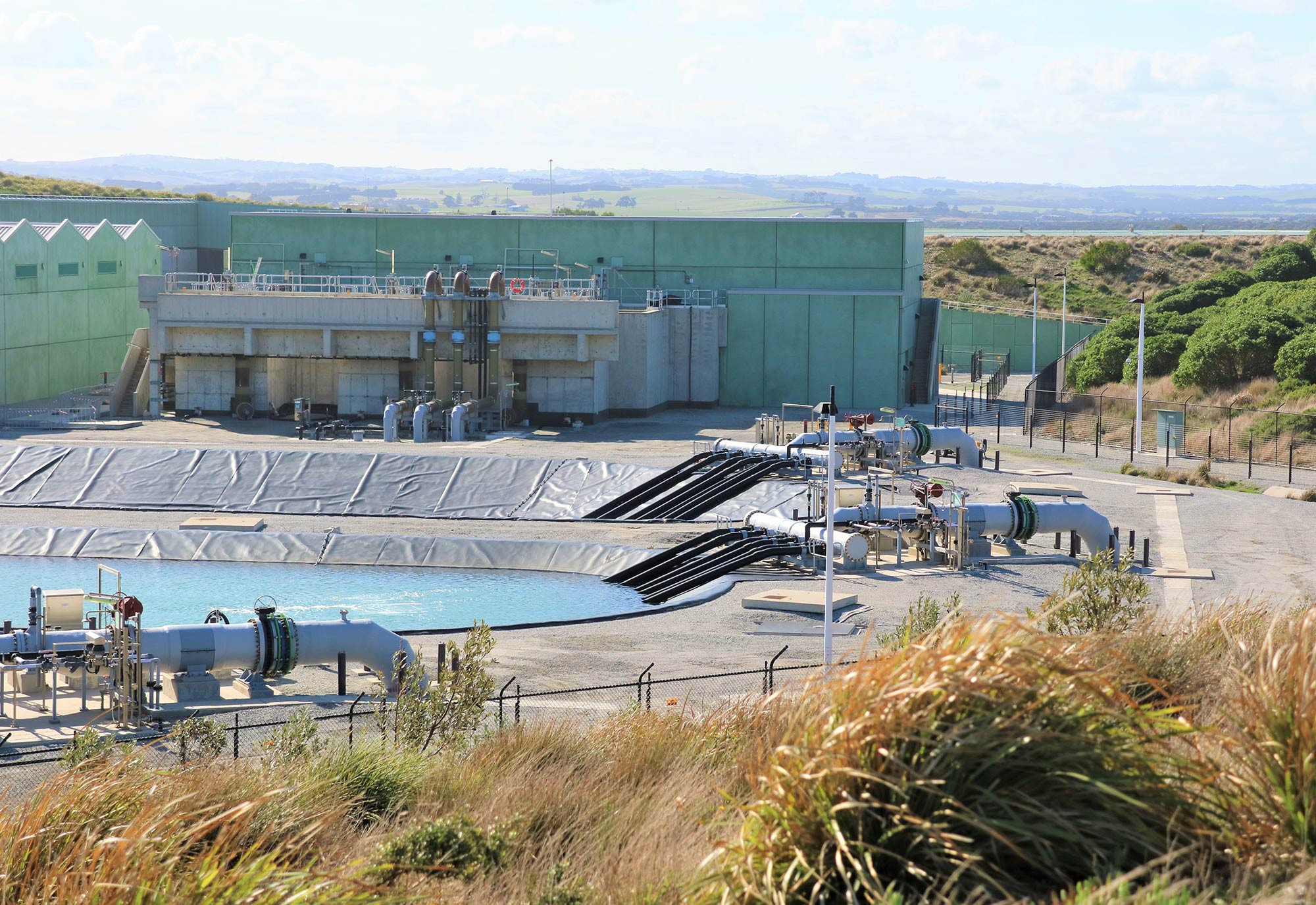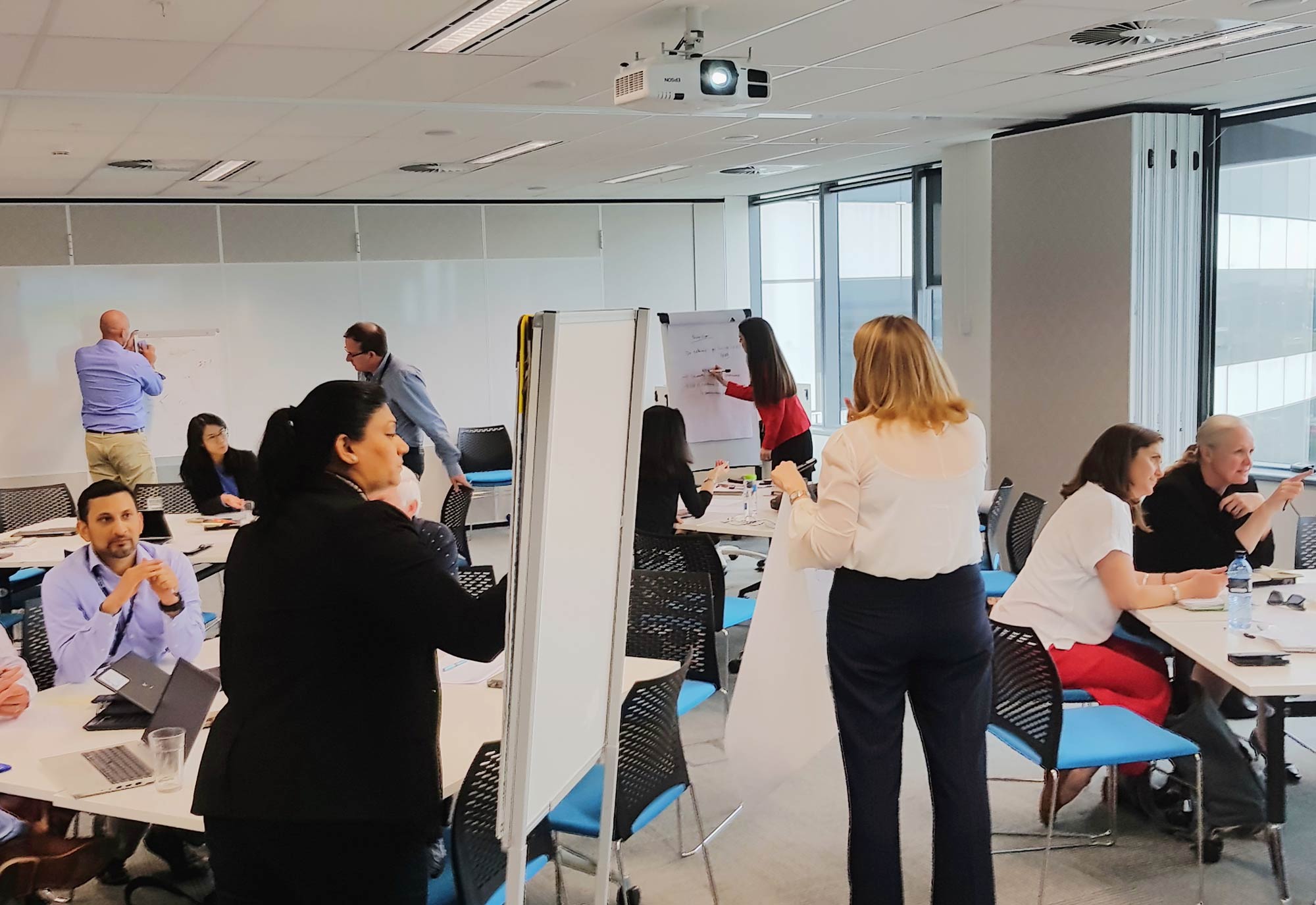
17 Apr Want to make savings but not leap onto a cloud…try this.
Posted at 00:00h
in Government, Growing Companies, Health & Community Services, IMPLEMENTATION, Local Government, Uncategorised, Utilities
Know more of our IMPLEMENTATION capabilities.
When it comes to business, we can all get trapped in a mindset that says, to do more, you need more. What if that wasn’t the case, when some things could come for free.
What about the green agenda? It currently has some of the bigger vendors telling us about their emerging green products, and the new things we could buy. But in an economic winter, is that wise. Why not use your energy to do things which save money, and improve your green credentials at the same time.
Power management is often spoken of, but how about data centre cooling, which occupies upwards of half of a typical energy bill. With operating expenses so high, this expense often outstrips the cost of IT equipment, with the average annual operating cost for a single midrange server hovering just below AUS$3,000 (for cooling and power).
But trapped into scarcity thinking, many continue to believe that upgrading a data centre to reduce the cooling expenses is too costly, with long returns on investment. The big boys in all things hardware like IBM and HP estimate that improvements in energy consumption between 15 and 40 percent can be achieved through system upgrades with paybacks between six months and two years. Even still this does require upfront investment, and so this keeps companies holding firmly to their wallets.
Thankfully, with new technologies and some simple changes, you can cut the amount of energy you’re using to cool your data centre with minimal upfront costs. These ideas won’t cost you much, but they’ll lower your energy bills making them a great investment of your team’s time.
If you don’t care for technical detail skim over the dot point and pass this to your CIO. If you want the detail, read on.
-
- Maintain an efficient HVAC system: Improper air flow in your HVAC system can increase cooling costs by up to 15 percent, so an efficiently-functioning HVAC system can have a surprising effect on cooling costs. With a regular, routine maintenance schedule, you’ll save money every month. To keep your system running smoothly, clean and replace air filters, clean evaporator coils, shade your air conditioner, and ensure the condenser coils are unblocked.
-
- Turn down the cool: Contrary to popular belief, servers do not have to be kept exactly between 13 and 16 degrees Celsius (°C). In recent tests conducted by Sun Microsystems and others, it was discovered that servers can actually tolerate much higher temperatures and levels of humidity than originally thought. So go ahead and turn the thermostat settings on your HVAC system up. Consumer Reports estimates that for every half of a degree Centigrade you raise your thermostat setting you shave three percent off your cooling costs. Big players like Google, Microsoft, and HP are even getting in on the savings. Google recommends nudging temperatures from 21°C to 26°C. By inching their thermostat by just 1-2°C, Microsoft realized annual energy savings of approximately AUS$380,000 in one Silicon Valley data centre. Following a similar change, HP hopes to reap the equivalent of AUS$12 million in annual energy savings. So the potential, even for smaller organizations, is pretty significant.
-
- Ensure air flow is efficient: By this we mean to keep hot and cold air separate. Some very practical changes—like making sure the hot air from one server isn’t blowing directly into the air intake of another server—can drastically cut cooling costs by keeping the two air systems apart. Configure your room layouts to minimize mixing of hot and cold air, and then install barriers to further prevent this from occurring: blanking panels in server cabinets and aisle barriers are two options.
-
- Monitor energy consumption: Knowing how much energy your data centre uses—for running the HVAC and powering the equipment—can go a long way to reducing your overall power consumption. To make the task of monitoring hassle-free, put a Direct Digital Control (DDC) system to work. With the information provided by your DDC, you’ll be able to reduce energy consumption today and predict what you’ll need to keep running in the future.
- Use variable frequency drives on air handling units: By adjusting the rotational speed of your cooling fans with a variable frequency drive (VFD) system, you’re more accurately able to match cooling needs to actual demands. Slowing the speed during low-demand periods dramatically reduces energy requirements and can achieve a payback period of less than 16 months with a 50 percent reduction in power consumption.
Shut off unused equipment: If you’ve got idle servers or cooling units, turn them off! It’s a simple solution that can quickly reduce your energy costs.
There is always bigger adjustments you can make, but these cost-effective options will get you saving quickly for a very low investment. Your costs will go down, and your carbon emissions along with them.
And if workload pressure has come off your team, what better way to use those available skills, than applying it into long term savings that can impact on your bottom line within the week.
Latest posts by Mark Nicholls (see all)
Share this post












